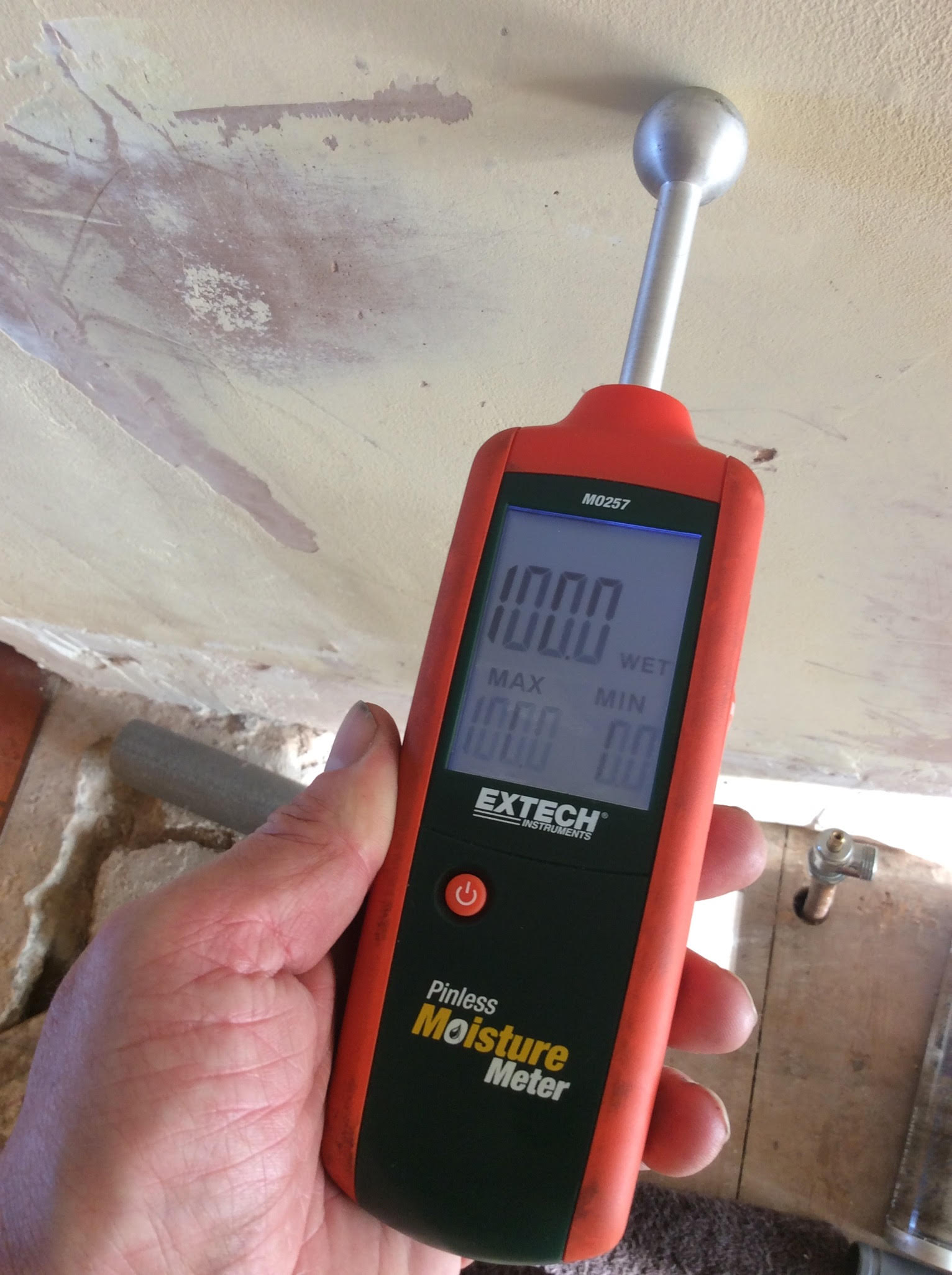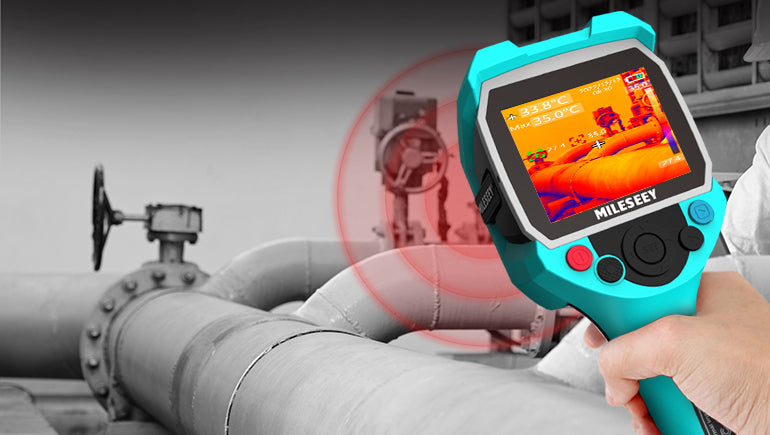Innovative Solutions for Very Early Detection of Water Leaks in Buildings and Infrastructure
From sophisticated leak detection innovations to the deployment of IoT sensors for real-time monitoring, the landscape of leakage prevention is progressing rapidly. Automated water flow evaluation systems are reshaping how leaks are determined and resolved, leading the way for a positive technique to water leak detection.
Advanced Leakage Discovery Technologies
Advanced leak detection modern technologies, geared up with cutting-edge sensing units and formulas, play an important role in quickly identifying and pinpointing water leaks in numerous settings. These innovations employ a combination of acoustic, thermal, and electro-magnetic sensing techniques to detect leaks precisely. Acoustic sensing units spot the noise of leaving water, enabling exact localization of the leak resource. Thermal imaging finds temperature modifications brought on by water leakage, providing an additional efficient method for leak recognition. Electro-magnetic sensing units can determine modifications in electro-magnetic fields triggered by water, using yet another layer of leak detection capacity.

IoT Sensors for Real-Time Tracking
In the realm of modern-day water leakage detection, the assimilation of IoT sensing units for real-time surveillance stands for a critical advancement in boosting aggressive leak detection abilities. These sensors supply constant tracking of water supply, offering real-time information on water circulation rates, pressure variations, and temperature changes. By leveraging IoT innovation, these sensing units can detect even the tiniest abnormalities in water use patterns, enabling early identification of prospective leakages before they intensify right into significant issues.
IoT sensing units transmit data to a central system, where sophisticated algorithms evaluate the information and produce notifies or alerts when irregularities are found. This real-time monitoring capability enables homeowner or center managers to immediately address leakages, decreasing water damages, reducing repair service expenses, and conserving water sources.
Additionally, IoT sensors can be incorporated with building administration systems, enabling automatic responses to found leaks, such as shutting down water shutoffs or turning on pumps to mitigate the impact of leakages. In general, the implementation of IoT sensing units for real-time monitoring dramatically boosts the why not try this out performance and efficiency of water leakage discovery in structures and infrastructure.
Artificial Intelligence Algorithms for Leakage Forecast

One trick advantage of utilizing artificial intelligence for leak prediction is its ability to continually learn and improve its precision gradually. As even more information is collected and fed into the formula, it can fine-tune its forecasts and adapt to changing problems, ultimately raising the integrity of leakage discovery systems.
In addition, artificial intelligence algorithms can help in identifying subtle indicators of leaks that may go unnoticed by standard surveillance approaches. water leak detection. By analyzing complex information sets in real-time, these algorithms can offer early cautions and notifies, permitting prompt intervention and precautionary upkeep to reduce potential water damages and associated costs
Making Use Of Thermal Imaging for Leak Detection
Thermal imaging modern technology supplies an appealing technique for finding water leaks in numerous systems and frameworks. By utilizing infrared radiation and temperature variances, thermal imaging electronic cameras can recognize surprise leaks that are not easily noticeable to the nude eye. When water gets away from pipelines or structures, it typically changes the temperature of the bordering location, creating temperature differentials that thermal have a peek at these guys electronic cameras can capture. These temperature irregularities are after that translated into noticeable photos, highlighting the precise place of the Read Full Report leak.
One of the essential benefits of thermal imaging for leak detection is its non-intrusive nature. In general, the use of thermal imaging modern technology improves the effectiveness and precision of water leak detection, making it a useful device for preserving the honesty of structures and infrastructures.
Automated Water Flow Evaluation Solutions
How can automated water circulation evaluation systems revolutionize the discovery and monitoring of leaks in numerous systems and frameworks? Automated water circulation evaluation systems supply a positive approach to leakage detection by constantly keeping an eye on water circulation prices and patterns. By developing standard information, these systems can promptly identify deviations that may show a leak, allowing timely treatment to stop extensive damage.
These systems use sophisticated formulas to evaluate real-time data and provide prompt notifies when abnormalities are detected, enabling for quick activity to be taken. Additionally, automatic water flow evaluation systems can be integrated with structure administration systems or IoT systems, boosting general efficiency and making it possible for remote tracking capacities.
Furthermore, the data accumulated by these systems can be made use of for predictive upkeep purposes, helping to identify prospective weak factors in the framework before leaks occur. Generally, the execution of computerized water flow evaluation systems can significantly enhance leakage discovery and management methods, inevitably leading to cost savings, minimized water wastage, and increased sustainability in structures and facilities.

Final Thought
Finally, the assimilation of advanced leakage detection innovations, IoT sensing units, machine knowing formulas, thermal imaging, and automated water circulation evaluation systems provides cutting-edge services for early discovery of water leaks in buildings and framework. These modern technologies make it possible for real-time tracking, forecast of leakages, and efficient detection techniques to stop water damages and wastefulness. Applying these remedies can aid in keeping the integrity and sustainability of water systems in numerous setups.